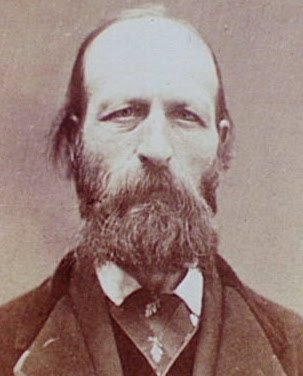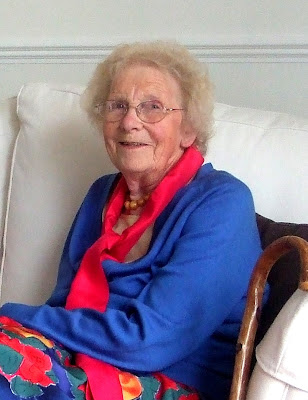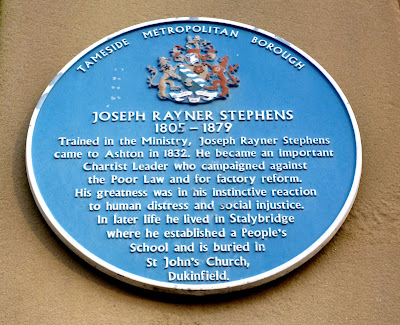Marguerite Duras's Un barrage contre le Pacifique (A Sea Wall) is set in Indochina in the early 1930s. Duras herself was born in Saigon in 1914 and this novel is partly autobiographical. It is also a bitter criticism of French colonialism.
Some analogies have been drawn between this novel and the poor white world of the novels of Erskine Caldwell. Largely set in rural Indochina, the book centers on the hardscrabble life of a widow – who is simply known as 'the mother' – and her two children Suzanne (17) and Joseph (20). They live in a bungalow near the coast, on the plain of Ram, on a concession the mother has bought. But the land is useless for growing rice because tides (from the Chinese Sea, but mentally magnified as the Pacific by the mother) and dwarf crabs destroy the crop every July. The family's diet mainly consists of wading birds. The mother's attempts to build a wall against the tides are fruitless. She writes a number of letters to the land registry about their plight (notably a long one towards the end, which aggressively reveals the extent of her anger), but they are ignored.
Life is even harder for the indigenous population, which is often forced to prostitute its women. Many children die of hunger. Corruption is rife. The mother sees a possible salvation from increasing misery in M. Jo, a young but inept and ugly man in his mid-twenties who has become rich through his father's callous business tactics rather than his own skill, and who lusts after Suzanne. M. Jo lavishes drink on the family but manages to extract no more than a glimpse of Suzanne's naked body in return for a phonograph. She refuses to prostitute herself, and the diamond ring he gives her – regardlessly – signals the end of the first part of the book.
The second and concluding part of the novel begins in the town, where the mother discovers that the diamond has a defect and is only worth half of what it should fetch. She persists, but is only given the price she wants by Lina, the older and relatively affluent girlfriend that Joseph meets in a cinema in town, falls in love with, and steals away from her husband. The mother, after paying back her debts, finds that she has little left of the money from the ring. She continues a decline from which she will not recover.
In the end the mother dies and Joseph leaves with Lina and Suzanne, who has gained some wisdom from her first relationship (with Agosti, whom she leaves behind): there is no choice for them, as there is no life for them on the plain. Joseph leaves his rifles to the people who remain, and explains what to do with the bodies and the belongings of the men who come to reclaim the concession: 'If you do it, do it well.'
This grim novel of French colonial life was Duras's third, but it was the first to bring her to the attention of a wider public.
My Marguerite Duras posts:
––––––––––––––––––––––––––––––––––––
Marguerite Duras: La Pute de la côte normande
Marguerite Duras: L'Homme assis dans le couloir
Marguerite Duras: Agatha
Marguerite Duras: Emily L.
Marguerite Duras: Les Yeux bleus cheveux noirs
Marguerite Duras: L'Amant | The Lover
Marguerite Duras: Le Ravissement de Lol V. Stein
Marguerite Duras: L'Amante anglaise
Laure Adler: Marguerite Duras
Marguerite Duras: Cimetière du Montparnasse
Marguerite Duras: Un barrage contre le Pacifique
Marguerite Duras: L'Après-midi de Monsieur Andesmas
Marguerite Duras: Les Petits Chevaux de Tarquinia
Marguerite Duras: Le Marin de Gibraltar | The Sailor from Gibraltar
Marguerite Duras: La Douleur | The War: A Memoir
Yann Andréa: Cet amour-là
Marguerite Duras and Xavière Gauthier: Les Parleuses
Marguerite Duras: Savannah Bay
Marguerite Duras: Détruire, dit-elle | Destroy, She Said
Marguerite Duras: L'Amour
Marguerite Duras: Dix heures et demie du soir en été
Marguerite Duras: Le Square | The Square
Marguerite Duras: Les Impudents
Marguerite Duras: Le Shaga
Marguerite Duras: Oui, peut-être
Marguerite Duras: Des journées entières dans les arbres
Marguerite Duras: Suzanna Andler
Marguerite Duras: Le Vice-Consul | The Vice Consul
Marguerite Duras: Moderato cantabile
Marguerite Duras: La Vie matérielle
Marguerite Duras: La Vie tranquille
Marguerite Duras: La Pluie d'été
Some analogies have been drawn between this novel and the poor white world of the novels of Erskine Caldwell. Largely set in rural Indochina, the book centers on the hardscrabble life of a widow – who is simply known as 'the mother' – and her two children Suzanne (17) and Joseph (20). They live in a bungalow near the coast, on the plain of Ram, on a concession the mother has bought. But the land is useless for growing rice because tides (from the Chinese Sea, but mentally magnified as the Pacific by the mother) and dwarf crabs destroy the crop every July. The family's diet mainly consists of wading birds. The mother's attempts to build a wall against the tides are fruitless. She writes a number of letters to the land registry about their plight (notably a long one towards the end, which aggressively reveals the extent of her anger), but they are ignored.
Life is even harder for the indigenous population, which is often forced to prostitute its women. Many children die of hunger. Corruption is rife. The mother sees a possible salvation from increasing misery in M. Jo, a young but inept and ugly man in his mid-twenties who has become rich through his father's callous business tactics rather than his own skill, and who lusts after Suzanne. M. Jo lavishes drink on the family but manages to extract no more than a glimpse of Suzanne's naked body in return for a phonograph. She refuses to prostitute herself, and the diamond ring he gives her – regardlessly – signals the end of the first part of the book.
The second and concluding part of the novel begins in the town, where the mother discovers that the diamond has a defect and is only worth half of what it should fetch. She persists, but is only given the price she wants by Lina, the older and relatively affluent girlfriend that Joseph meets in a cinema in town, falls in love with, and steals away from her husband. The mother, after paying back her debts, finds that she has little left of the money from the ring. She continues a decline from which she will not recover.
In the end the mother dies and Joseph leaves with Lina and Suzanne, who has gained some wisdom from her first relationship (with Agosti, whom she leaves behind): there is no choice for them, as there is no life for them on the plain. Joseph leaves his rifles to the people who remain, and explains what to do with the bodies and the belongings of the men who come to reclaim the concession: 'If you do it, do it well.'
This grim novel of French colonial life was Duras's third, but it was the first to bring her to the attention of a wider public.
My Marguerite Duras posts:
––––––––––––––––––––––––––––––––––––
Marguerite Duras: La Pute de la côte normande
Marguerite Duras: L'Homme assis dans le couloir
Marguerite Duras: Agatha
Marguerite Duras: Emily L.
Marguerite Duras: Les Yeux bleus cheveux noirs
Marguerite Duras: L'Amant | The Lover
Marguerite Duras: Le Ravissement de Lol V. Stein
Marguerite Duras: L'Amante anglaise
Laure Adler: Marguerite Duras
Marguerite Duras: Cimetière du Montparnasse
Marguerite Duras: Un barrage contre le Pacifique
Marguerite Duras: L'Après-midi de Monsieur Andesmas
Marguerite Duras: Les Petits Chevaux de Tarquinia
Marguerite Duras: Le Marin de Gibraltar | The Sailor from Gibraltar
Marguerite Duras: La Douleur | The War: A Memoir
Yann Andréa: Cet amour-là
Marguerite Duras and Xavière Gauthier: Les Parleuses
Marguerite Duras: Savannah Bay
Marguerite Duras: Détruire, dit-elle | Destroy, She Said
Marguerite Duras: L'Amour
Marguerite Duras: Dix heures et demie du soir en été
Marguerite Duras: Le Square | The Square
Marguerite Duras: Les Impudents
Marguerite Duras: Le Shaga
Marguerite Duras: Oui, peut-être
Marguerite Duras: Des journées entières dans les arbres
Marguerite Duras: Suzanna Andler
Marguerite Duras: Le Vice-Consul | The Vice Consul
Marguerite Duras: Moderato cantabile
Marguerite Duras: La Vie matérielle
Marguerite Duras: La Vie tranquille
Marguerite Duras: La Pluie d'été








































